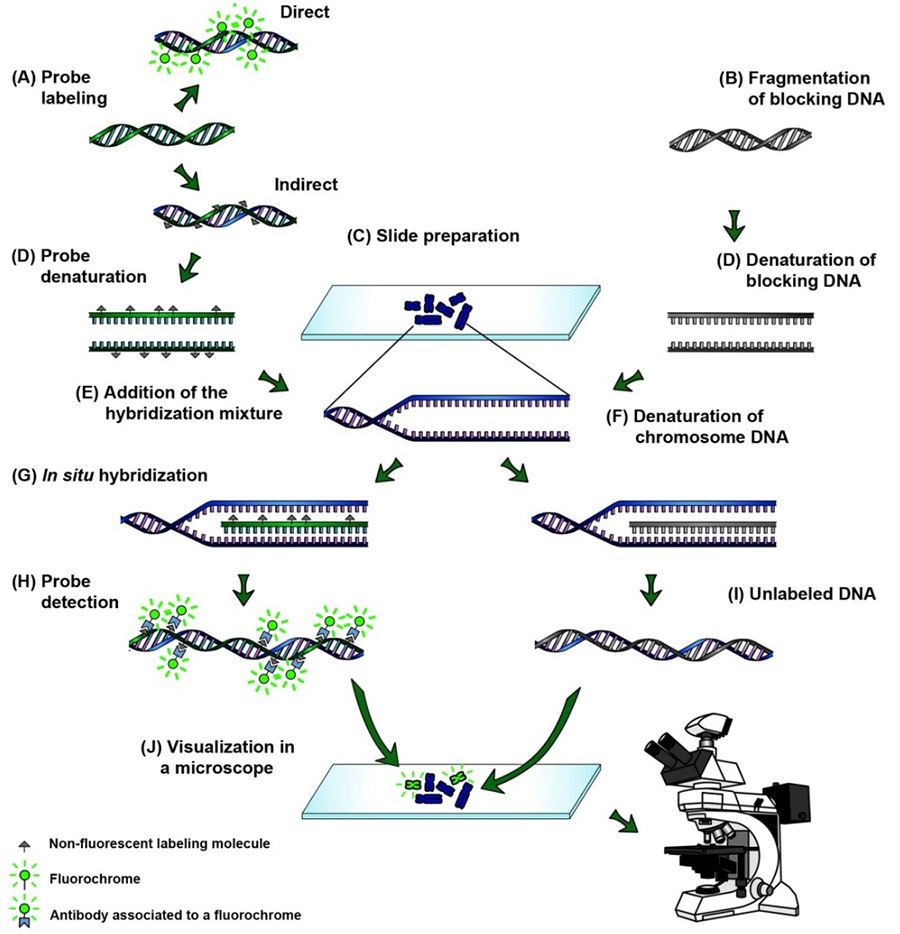Types Of Fish Probes ~ Indeed recently has been hunted by users around us, maybe one of you personally. Individuals now are accustomed to using the net in gadgets to see video and image data for inspiration, and according to the name of the article I will discuss about Types Of Fish Probes. When added to the sample the probe will hybridize to its complementary strand appearing as a fluorescent signal. Types of probes used in the fish. Different probe types are used to identify different abnormalities. For various applications in various varients of fish different types of probes are used. Besides basic equipment among consumables necessary for molecular cytogenetics the choice of probes is the most critical point for a successful fish experiment. Fluorescence in situ hybridization fish is a molecular cytogenetic technique that uses fluorescent probes that bind to only those parts of a nucleic acid sequence with a high degree of sequence complementarity it was developed by biomedical researchers in the early 1980s to detect and localize the presence or absence of specific dna sequences on chromosomes. Fish probes can be used to detect several types of genetic alterations. Centromere probes locus specific probe whole chromosome probe and telomere probes are some of the examples of it. Here the available fish probes are.

Types of probes used in the fish. Centromere probes locus specific probe whole chromosome probe and telomere probes are some of the examples of it. Besides basic equipment among consumables necessary for molecular cytogenetics the choice of probes is the most critical point for a successful fish experiment. If you are looking for Types Of Fish Probes you've reached the ideal location. We ve got 12 graphics about types of fish probes including images, photos, pictures, backgrounds, and more. In such webpage, we also have variety of images available. Such as png, jpg, animated gifs, pic art, logo, blackandwhite, transparent, etc.
When added to the sample the probe will hybridize to its complementary strand appearing as a fluorescent signal.
Centromere probes locus specific probe whole chromosome probe and telomere probes are some of the examples of it. Different probe types are used to identify different abnormalities. Fluorescence in situ hybridization fish is a molecular cytogenetic technique that uses fluorescent probes that bind to only those parts of a nucleic acid sequence with a high degree of sequence complementarity it was developed by biomedical researchers in the early 1980s to detect and localize the presence or absence of specific dna sequences on chromosomes. For various applications in various varients of fish different types of probes are used.